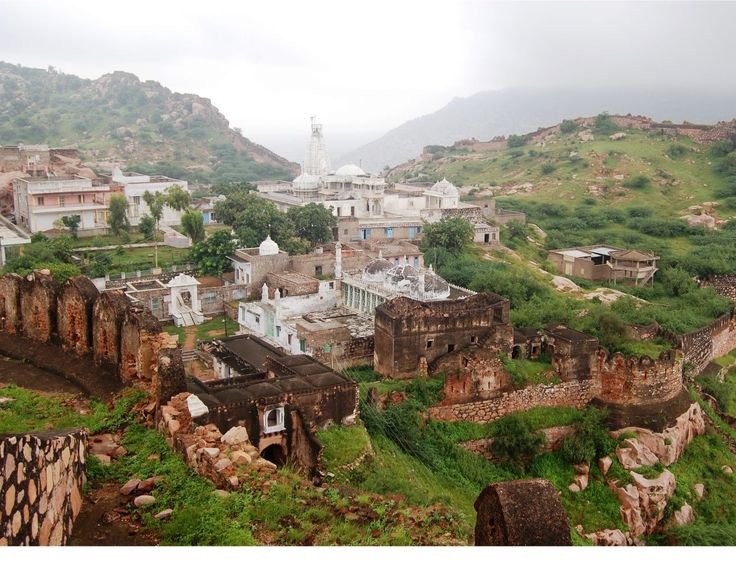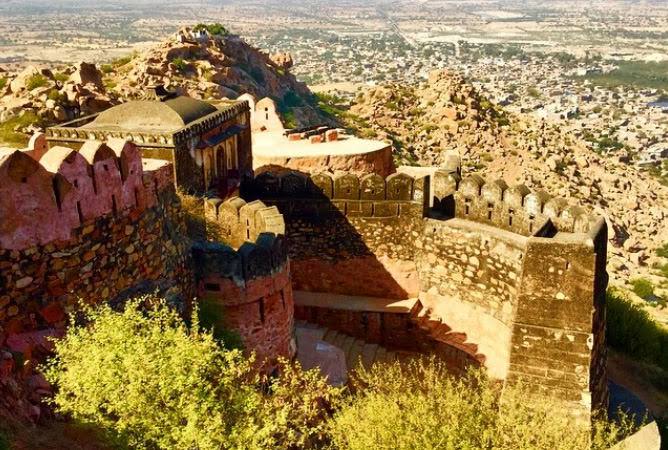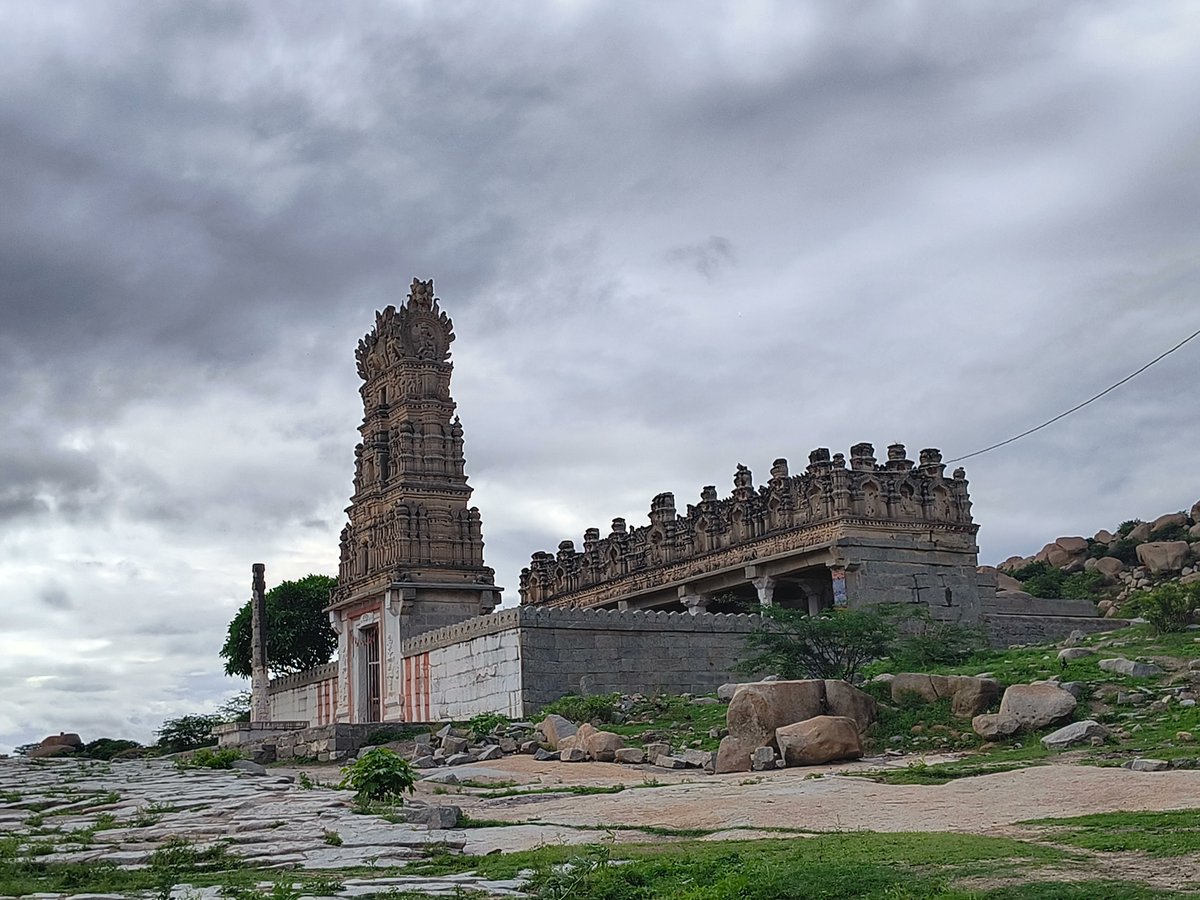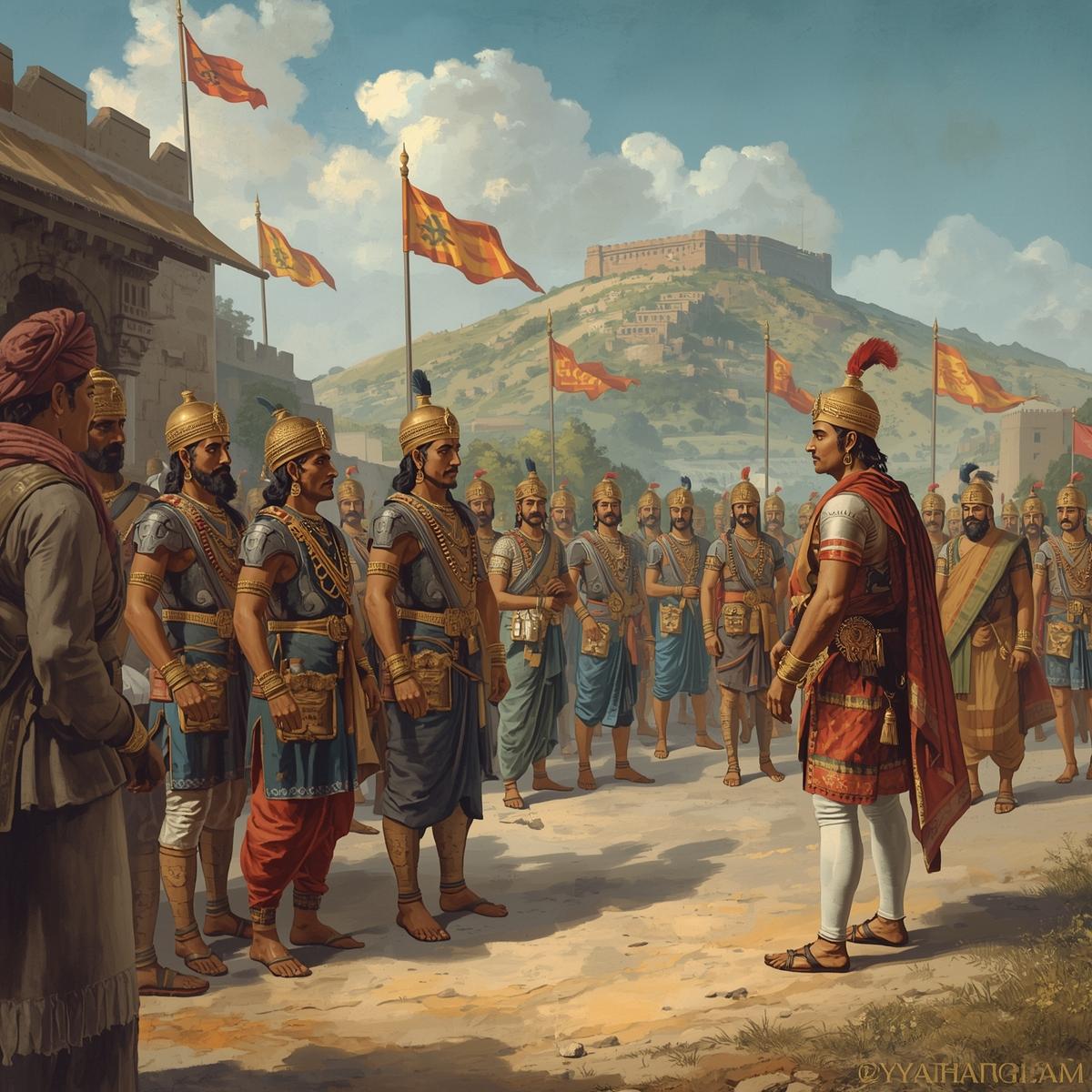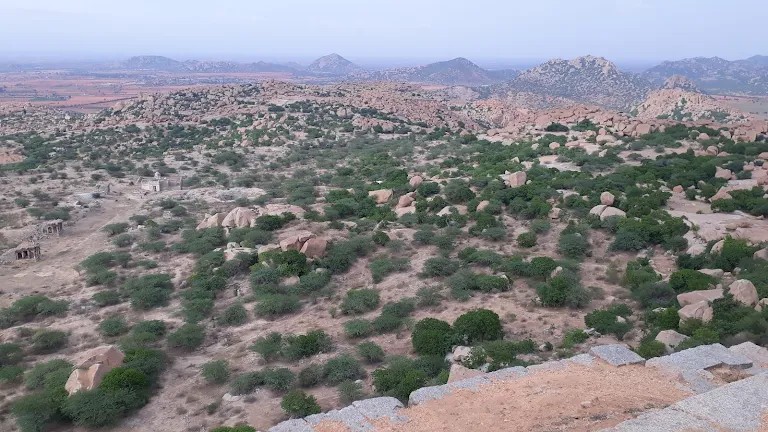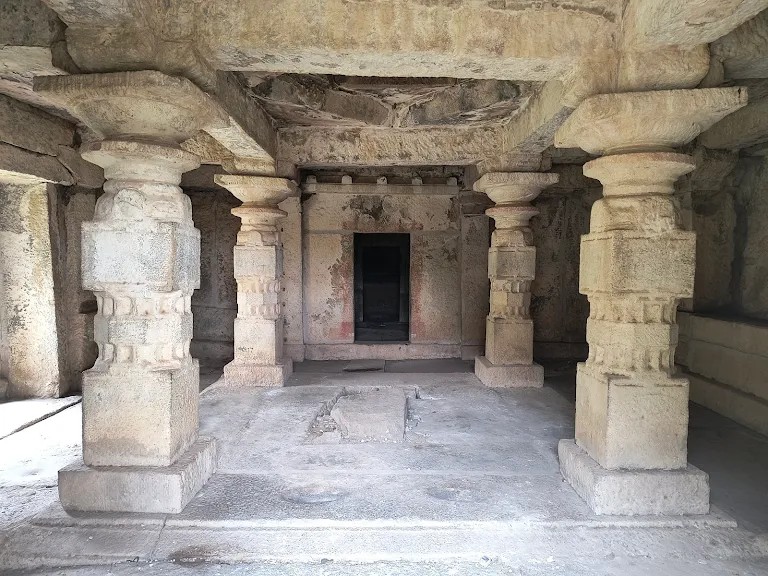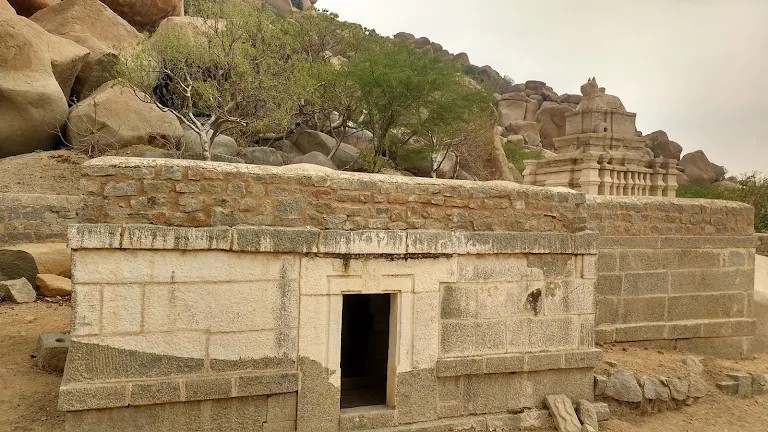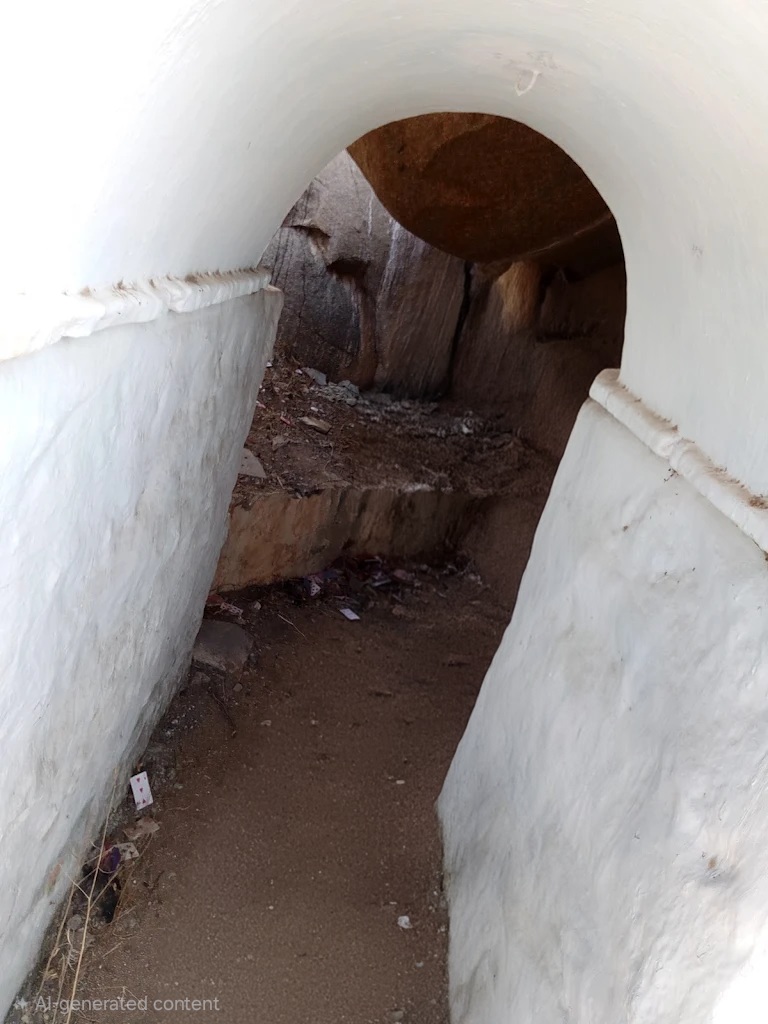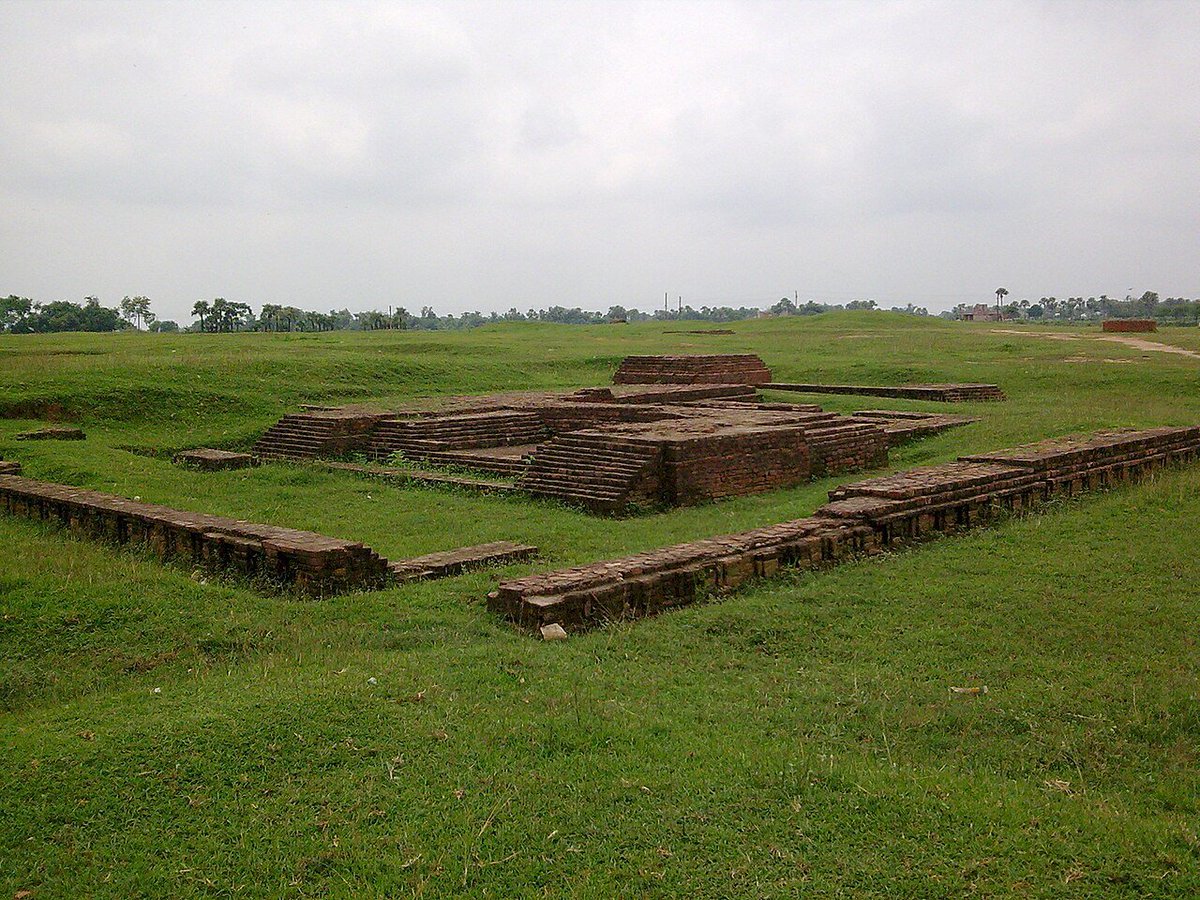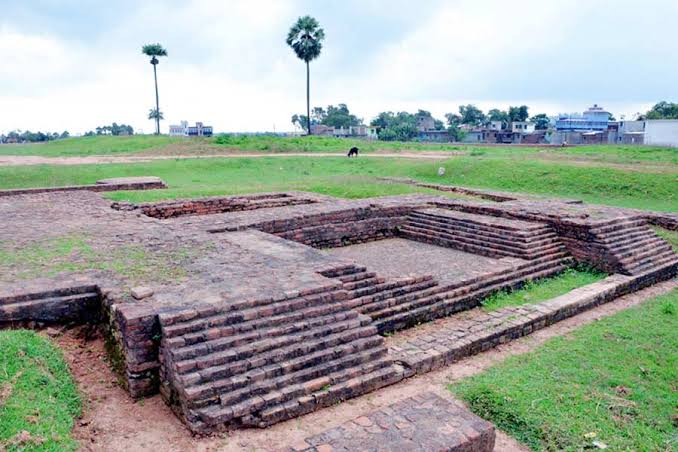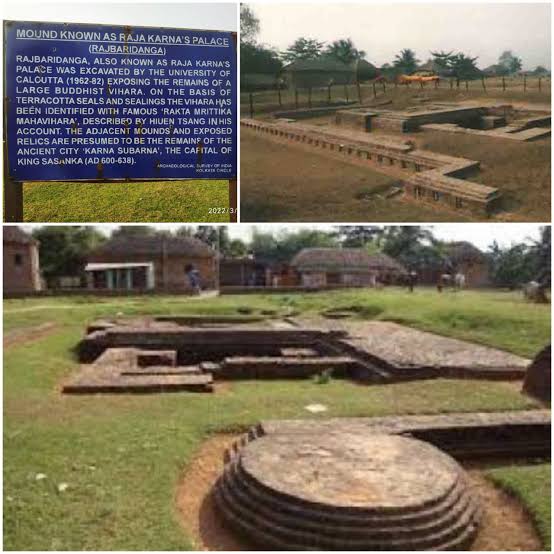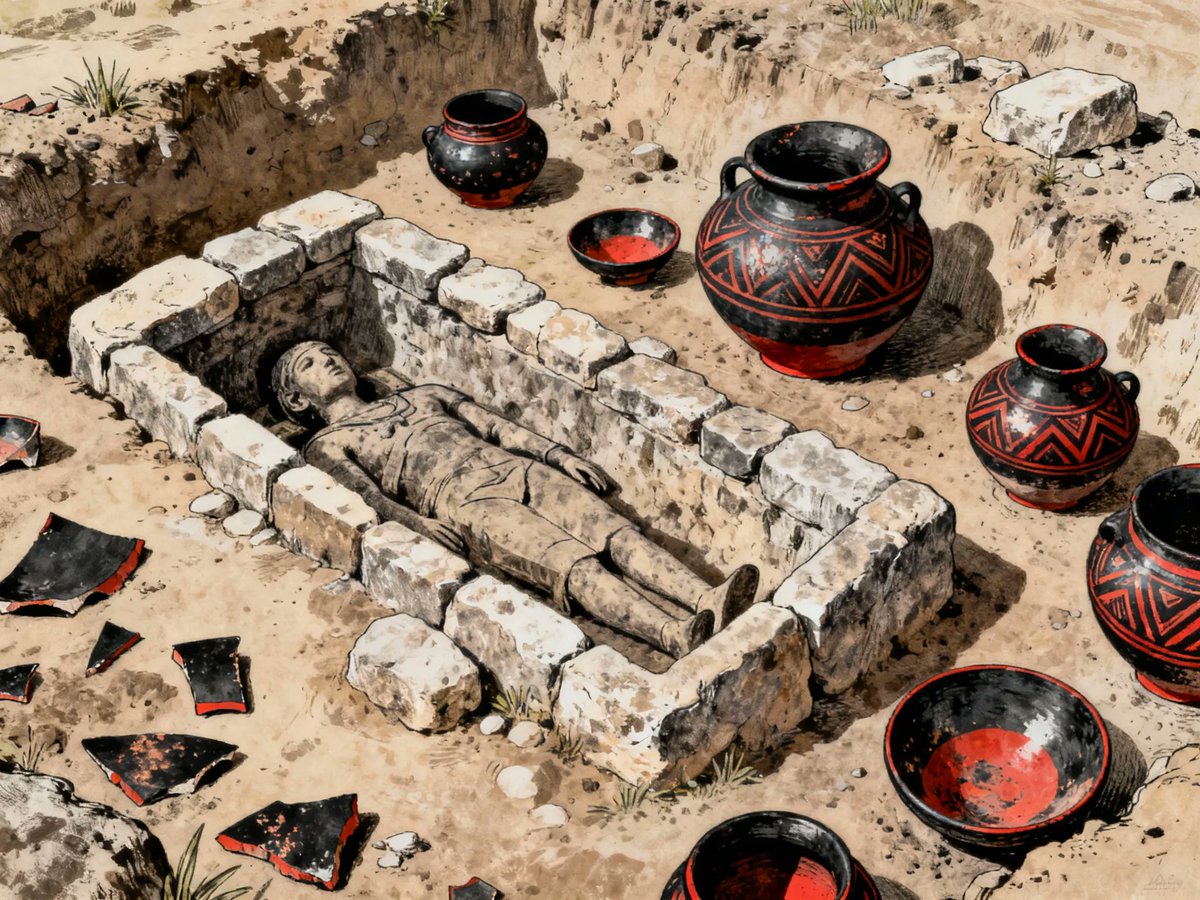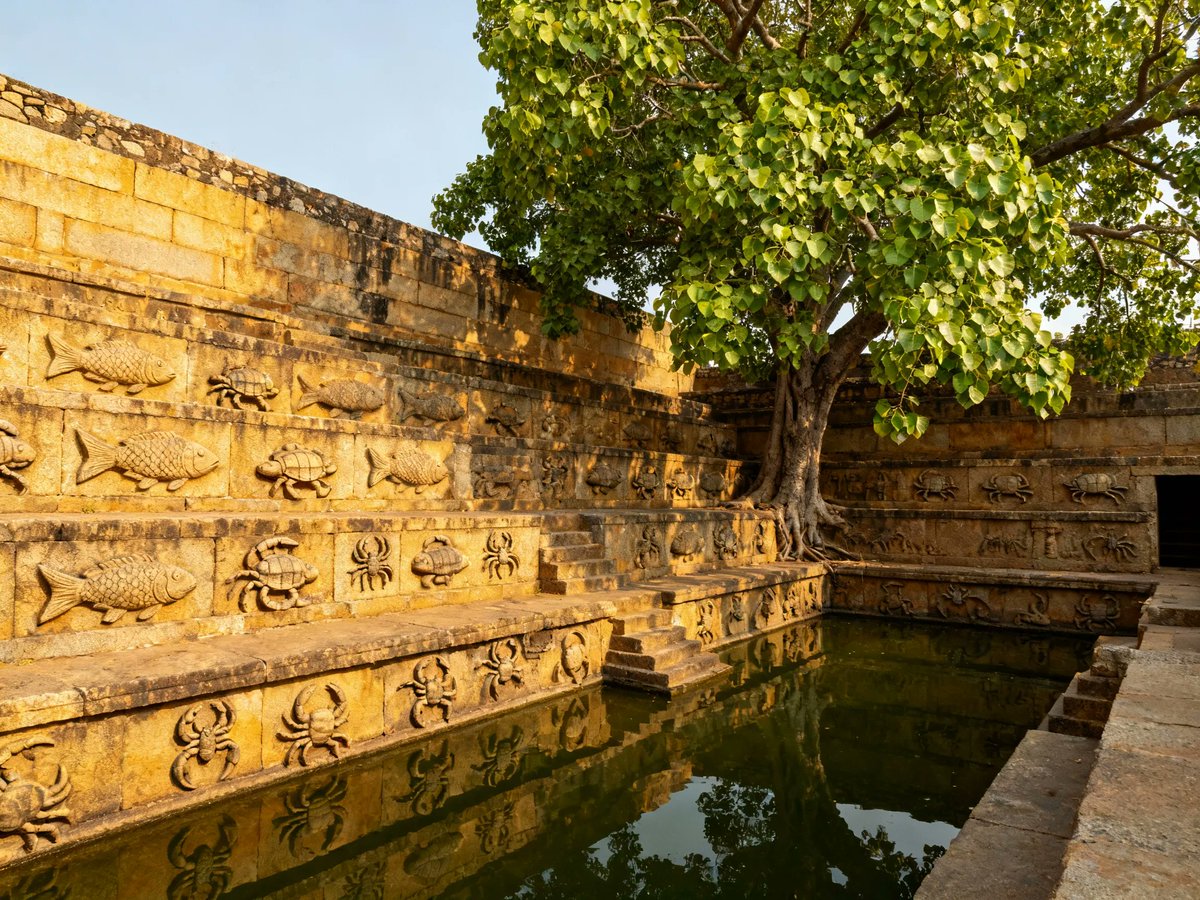Sphinx (face of human and body of lion or other animal) or Purush Singha was popular way of probably representing figure of royalties or kingship in Egypt and India and even Mesopotamians. This thread capture such instances of Purush Singham from India.
1/17
1/17

Keith 1914 translates Purushamriga Chandramase as 'The Human-Beast to the Moon' YV-II.5.5.14 but we will call such figures Purush Singham for sale of simplicity and uniqueness.
2/17
2/17

These 4500 years old Harappan seals with depictionof Nari Singham or anthropomorphic figures with face of a human mostly female and body of a beast (mostly tiger) are probably of a queen/King/royalty.
3/17
3/17

This Pair of Purusha Singha guard the entrance of the Shri Shiva Nataraja temple in Chidambaram, India. Male and female,
4/17
4/17

Purush Singham and Nari Singham on a pillar of Shri Airavateshvara temple in Darasuram
12th cent. CE
5/17
12th cent. CE
5/17

Seated sphinx among the sculpture of the Krishna cave in Mamallapuram
Granite
8th century
Approximately 85 cm high
Photo by Raja Deekshithar, 25 July 2005
7/17
Granite
8th century
Approximately 85 cm high
Photo by Raja Deekshithar, 25 July 2005
7/17

Purush Singham from the wall of the Shri Varadaraja Perumal temple in Tribhuvanai near Pondicherry
1000 CE
9/17
1000 CE
9/17

Purush Singham ? and Bhima from the
Mahabharata and the judgment by Dharmaraja Yudhistira in the Shri Airavateshvara temple in Darasuram
Granite
12th century
10/17
Mahabharata and the judgment by Dharmaraja Yudhistira in the Shri Airavateshvara temple in Darasuram
Granite
12th century
10/17

Purush Singham worshipping a Shiva Linga South Gopuram of the ??? temple in Villianur, Puducherry
15th century
11/17
15th century
11/17

Purush Singham worshipping a Shiva Linga, South gopuram of the Shri Arunachaleshvara temple in Tiruvannamalai
12/17
12/17

Purush Singham in standing upright posture
Shri Subrahmania shrine, Rajarajeshvara temple in Tanjore
13/17
Shri Subrahmania shrine, Rajarajeshvara temple in Tanjore
13/17

Purush Singham depicted on the base of the Vishnu shrine in the temple of Tirumalai in Kanya Kumari district
14/17
14/17

Sad, some of the temple are only 400 years old with these purush Singham sculptures and yet we can only guess about their meaning. There are no expert of the subject matter left it seems. This thread is from my own research and opinions. Pics taken from respective owners
15/17
15/17
Just to clarify
Purush Singham has manly face and lion body
Narsimha has a lion face and human body.
In ancient times, Gods were depicted with animal faces and human bodies while Kings were depicted with human faces and animal bodies.
So not to be confused
17a/17
Purush Singham has manly face and lion body
Narsimha has a lion face and human body.
In ancient times, Gods were depicted with animal faces and human bodies while Kings were depicted with human faces and animal bodies.
So not to be confused
17a/17

Purush Singha from Harappan Period
This Anthromorph figure of composite animal and humanly may be precursor of Early Purush Singha (Depiction of a King)
#Archaeology
17b/17


This Anthromorph figure of composite animal and humanly may be precursor of Early Purush Singha (Depiction of a King)
#Archaeology
17b/17



• • •
Missing some Tweet in this thread? You can try to
force a refresh






